These American dishes conquered the world
loveFOOD
27 March 2017
All-American classics
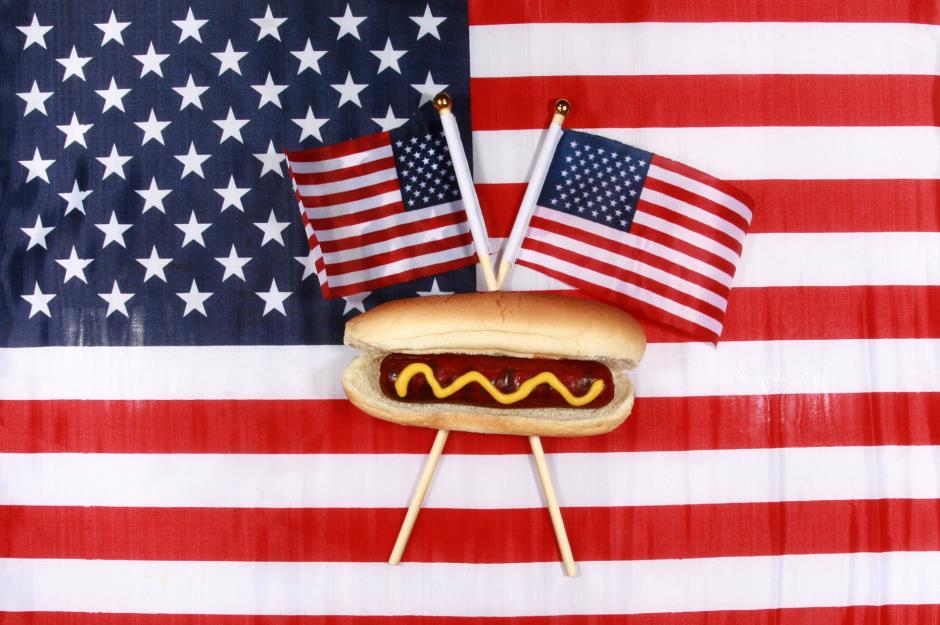
Shutterstock
While a number of these dishes originated in other countries, and were brought over by immigrants settling in the US, they’ve all become synonymous with American cuisine. Here we celebrate the American classics that have gone on to become famous worldwide.
Apple pie

HG Photography/Shutterstock
The phrase ‘as American as apple pie’ is used describe something quintessentially American but it’s actually a misnomer – apple pies have been around for hundreds, if not thousands, of years. The first recorded recipe features in a 14th-century English cookbook. Still, the dessert has become an emblem of the American way of life the world over.
Baked beans
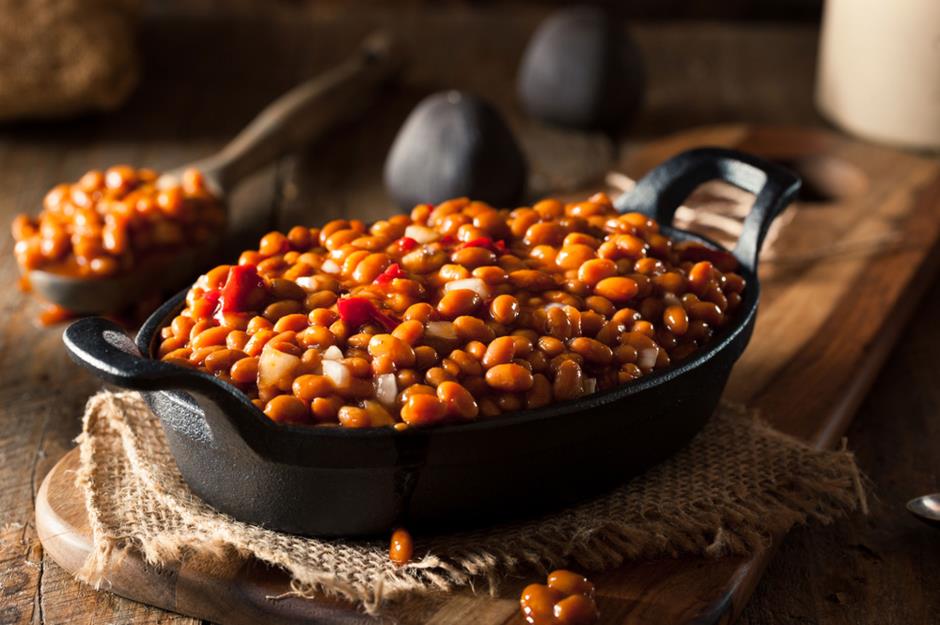
Brent Hofacker/Shutterstock
Baked beans are thought to be an adaptation of the cassoulet, a French bean stew, or a variation on a dish introduced to European settlers by Native Americans. But Heinz, the most famous brand, was launched in the US in 1895, which makes the modern baked bean a distinctly American creation.
Bananas Foster
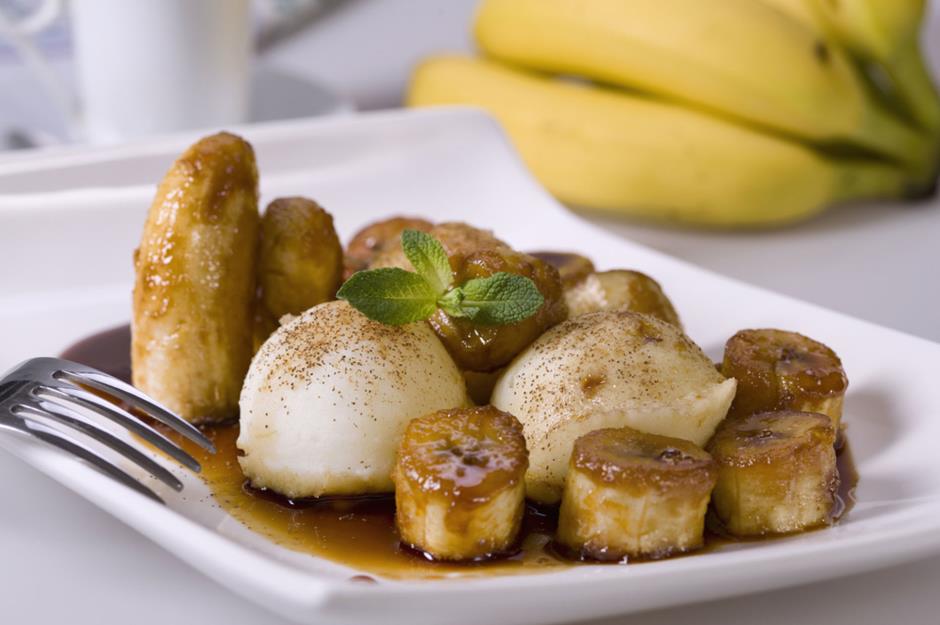
Fresnel/Shutterstock
The French have long flambéed fruit in alcohol but in 1951 New Orleans restaurant owner Owen Brennan put his unique spin on the recipe, serving flambéed bananas in a rum, spice and banana liqueur sauce with vanilla ice cream. It’s named after Richard Foster, a friend of Brennan's, and is now found on menus from London to Tokyo.
Barbecued pork
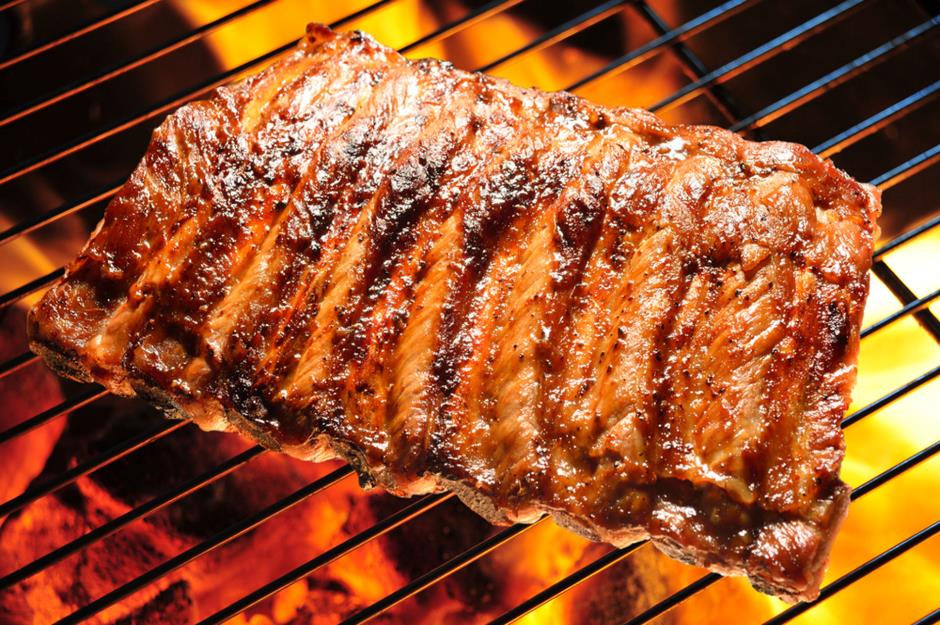
amenic181/Shutterstock
The US can’t lay claim to the invention of the barbecue, though this cooking method’s origin lies close by, in the Caribbean. Ribs are associated with the American South and Midwest, with various regions laying claim to particular recipes, dry rubs and sauces. Pulled pork, however, is believed to have come from the Deep South.
Blondies and brownies
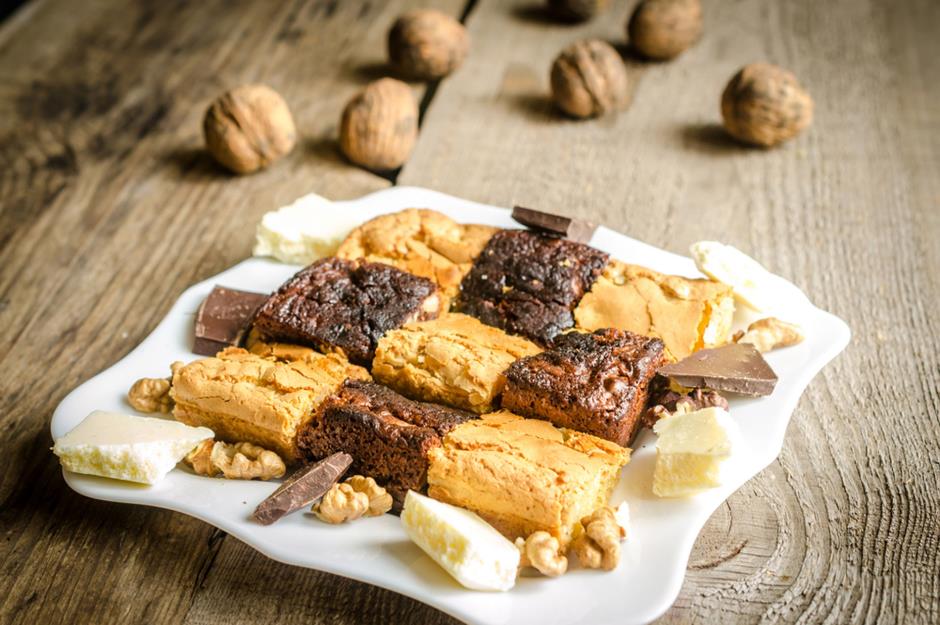
alexpro9500/Shutterstock
Cake-cookie cross brownies and their fairer cousins, blondies, became popular in late 19th century America and Canada (to differentiate, blondies tend to contain brown sugar or molasses and little or no chocolate). Legend has it that they were created by the Palmer House Hotel in Chicago then evolved, featuring in cookbooks from 1896.
Breakfast burritos
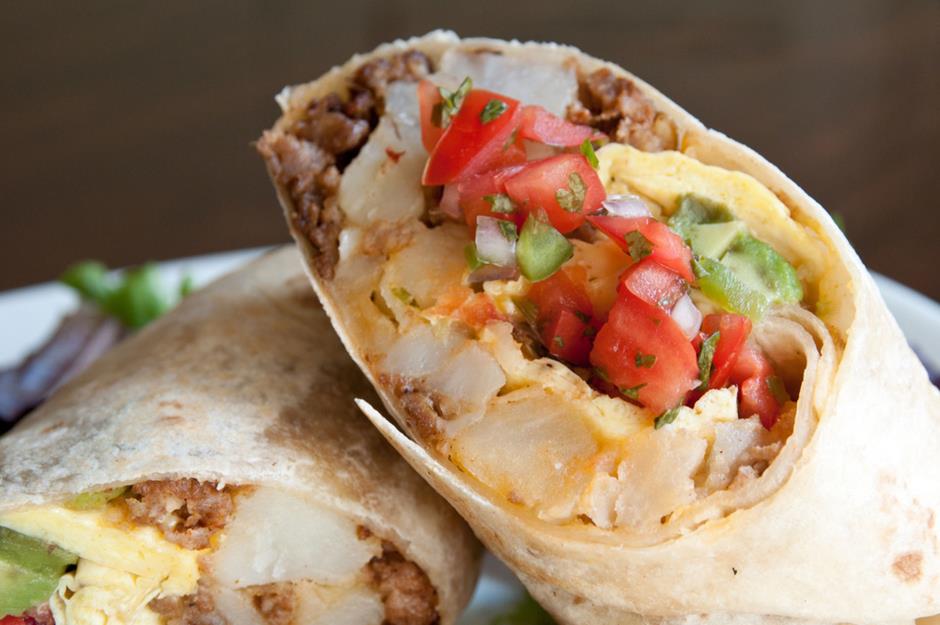
Nany New York/Shutterstock
Burritos are firmly Mexican, but the breakfast burrito is most probably Tex-Mex, having been purportedly conceived by a Mexican café in Santa Fe in 1975. The hearty dish entered the public consciousness and McDonald’s and other fast food chains such as Taco Bell have followed suit, serving their own versions.
Buffalo wings
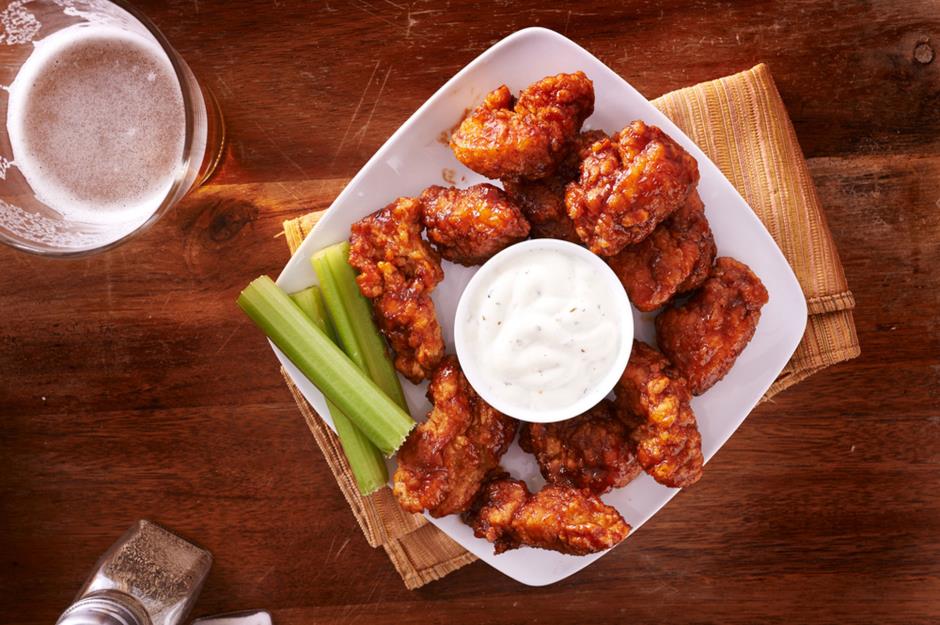
Joshua Resnick/Shutterstock
There’s some dispute over who invented these deep-fried chicken wings smothered in a hot sauce. It’s generally accepted that they first appeared in 1964 at the Anchor Bar in Buffalo, New York, though a breaded version was on the menu at John Young’s Wings ‘n Things (also in Buffalo) around the same time. Whoever gave the world wings is immaterial – the dish is so popular July 29 is now National Chicken Wing Day.
Burgers and sliders
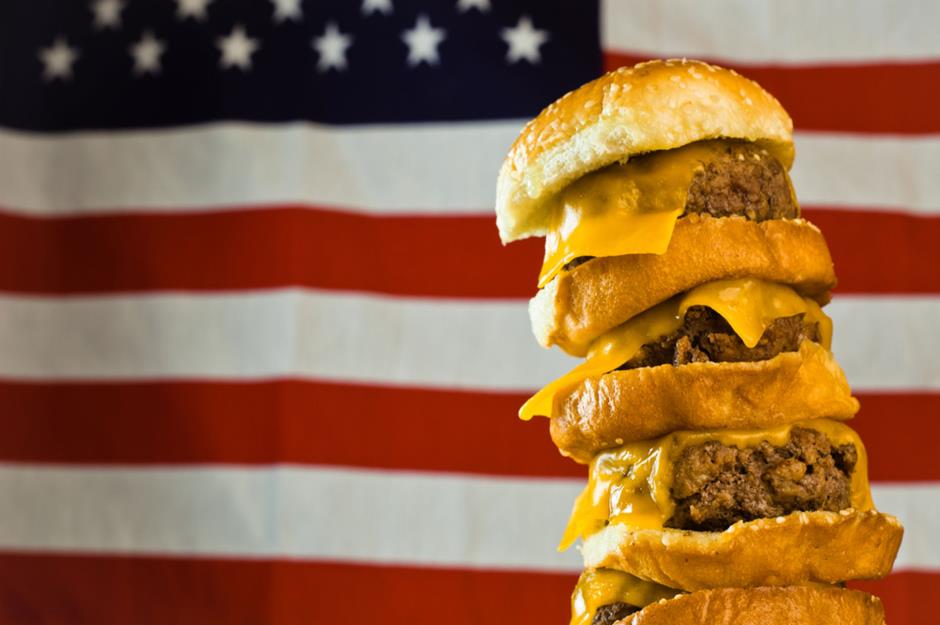
Randy Hines/Shutterstock
German immigrants brought hamburgers to US. Who decided, in the 1880s, to put the patties between buns and create the product we know and love today is debatable (there are at least four claims). Regardless of origin, the world's love affair with burgers, their petite counterparts sliders, and the sloppy joe, endures – 50 billion burgers are eaten each year in the US alone.
Buttermilk pancakes

Michel Aubry/Shutterstock
Pancakes have been around for centuries but it’s Americans who took buttermilk pancakes to their hearts and made them their own. Pancakes in the US are thick, fluffy and unashamedly indulgent, served with blueberries and a side of bacon, and drizzled with maple syrup.
Caesar salad
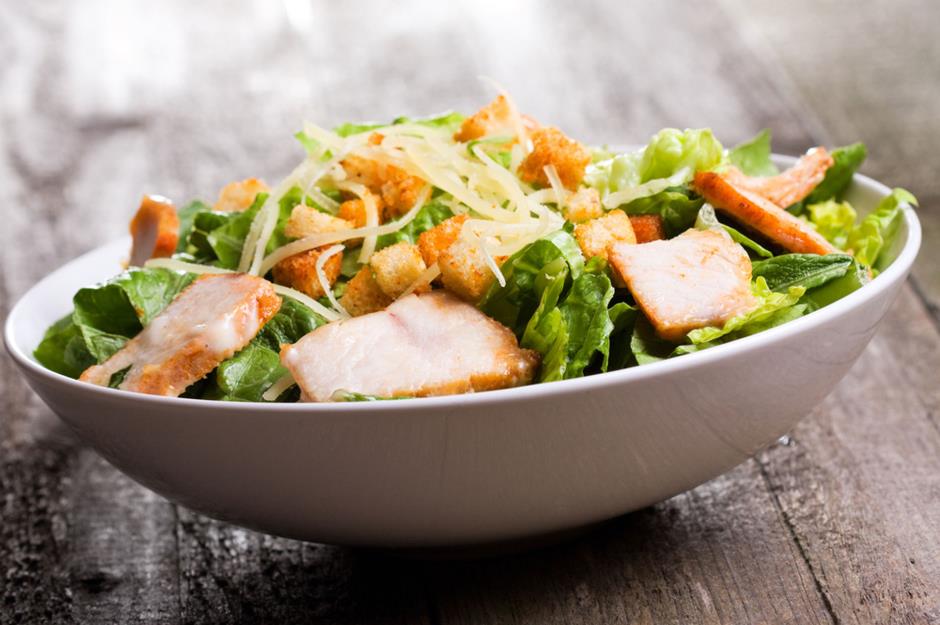
Nitr/Shutterstock
You’d be forgiven for thinking this is an ancient Roman creation – actually an Italian-American is behind the world’s most famous salad. In 1924, after a busy service in one of Caesar Cardini’s restaurants, the salad was resourcefully cobbled together from lettuce, croutons, Parmesan and covered with a dressing that included egg yolk, garlic, anchovy sauce, mustard, lemon juice and oil. The rest is culinary history.
Cherry pie
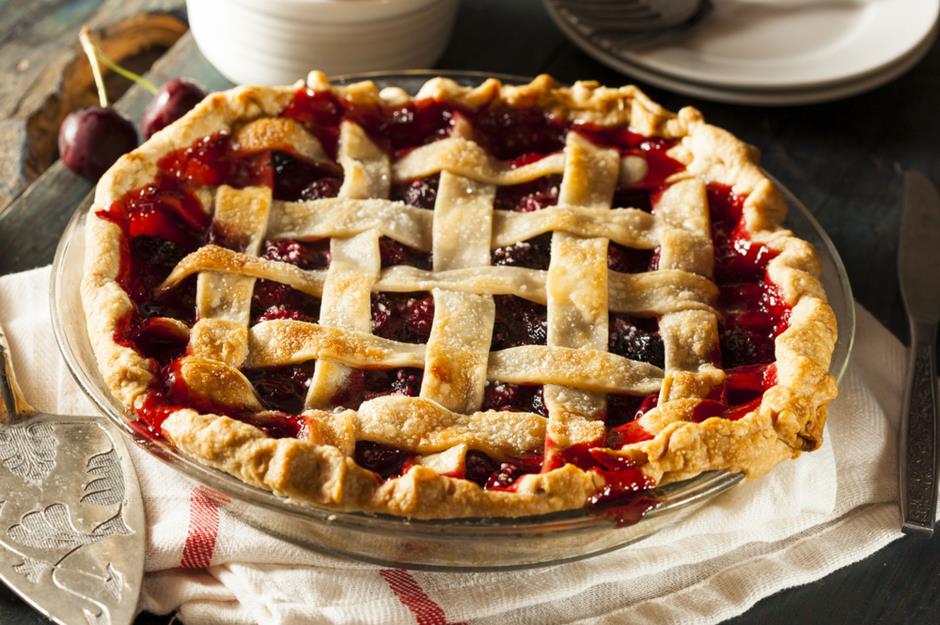
Brent Hofacker/Shutterstock
Like apple pie, cherry pie is associated with North America though its origins lie in Germany and Austria. It’s eaten all year round but is traditionally eaten around Independence Day (July 4) which coincides with the cherry harvest.
Chili con carne
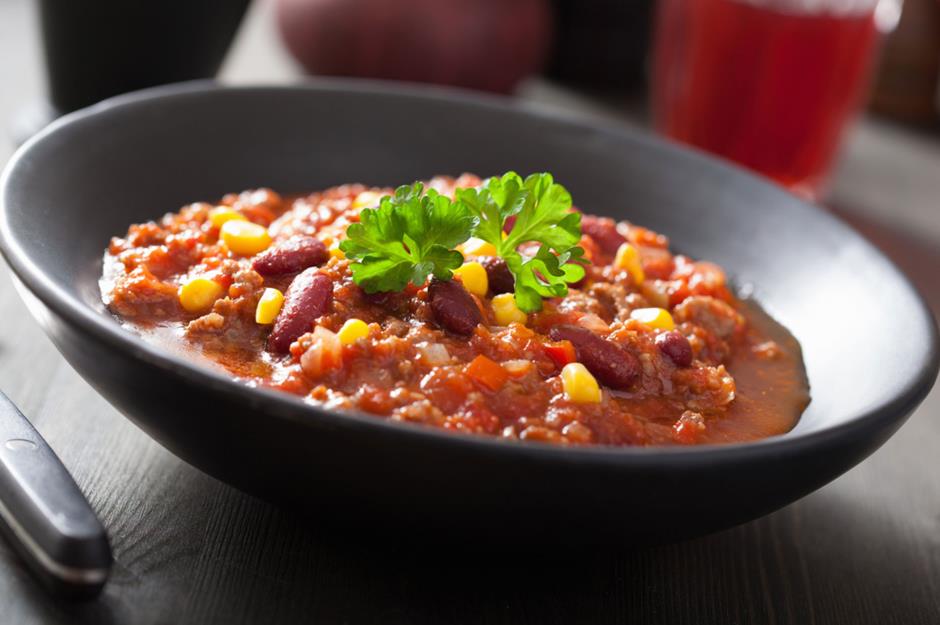
Olga Miltsova/Shutterstock
The name is Spanish, the origins Mexican, but chili is so loved in the States that the country has made it its own, while Texas has gone one step further and named it the state’s official dish. Chili parlors, a concept that dates back to the early 20th century, can still be found.
Chocolate chip cookies
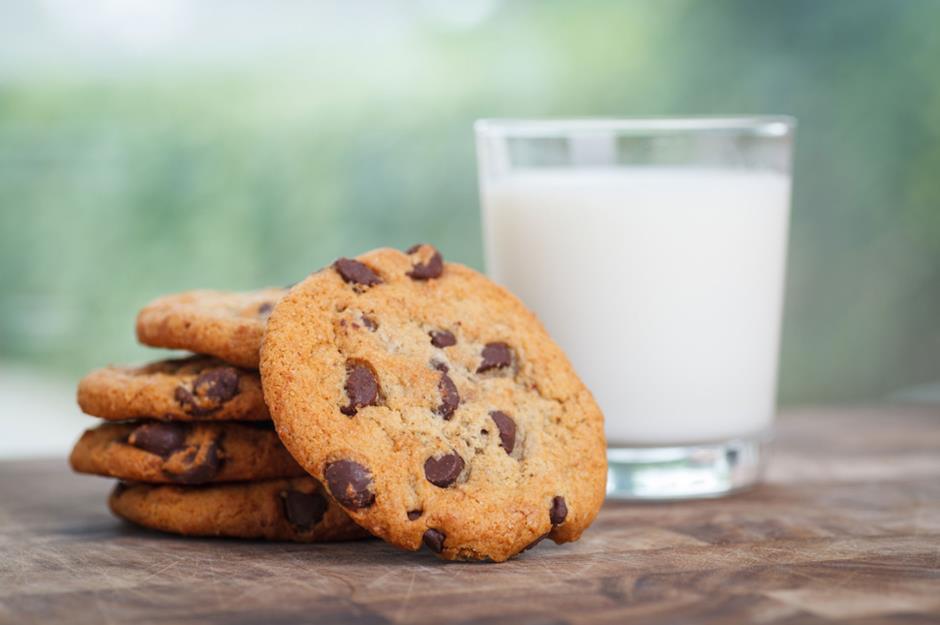
martellostudio/Shutterstock
No treats are so widely eaten as the chocolate chip cookie, which Ruth Wakefield conjured up in the late 1930s whilst running the Toll House Inn in Massachusetts. Called the Toll House Chocolate Crunch Cookie, the recipe is continually tweaked but we owe the first one to Wakefield.
Clam chowder
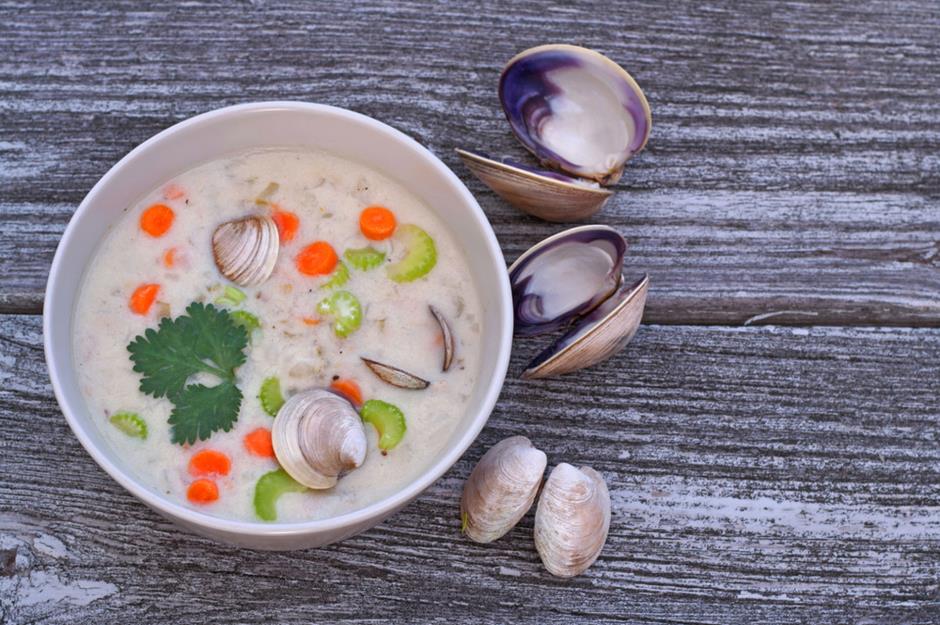
Galina Gutarin/Shutterstock
Like most celebrated recipes, where clam chowder was first conceived is disputed. Fish chowder is likely to have been a poor man’s dish from Europe that made its way to the US; a recipe was printed in a Boston newspaper in 1751. By the 1850s clams and shellfish were being added, due to their abundance and affordability. New England clam chowder is perhaps the most famous.
Club sandwich

Alena Haurylik/Shutterstock
The club sandwich is older than you’d think – it appeared on menus from the late 19th century, including in a gambling club in New York.
A sandwich with a cooked chicken, bacon, lettuce, tomato and mayo filling, the substantial modern version has not two but three pieces of bread held together by a cocktail stick.
Cobb salad
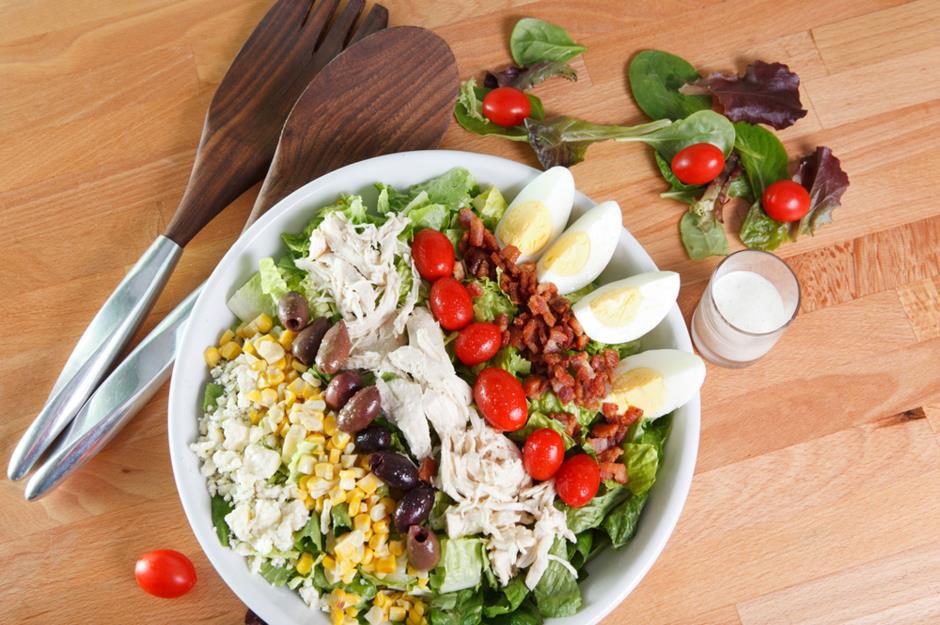
Solphoto/Shutterstock
Hollywood hasn’t just given the world a golden age of film. It also gave us the cobb salad, a cornucopia of egg, avocado, tomato, chicken, onion, bacon, and blue cheese. Named after Robert Cobb, who owned the fashionable Brown Derby restaurant in LA, it was thought to have been first served in 1937, though some sources say it was made as early as 1929.
Cotton candy

wrangler/Shutterstock
Super sweet, bad for your teeth, but a taste of heaven, cotton candy (candy floss in the UK) is spun sugar indelibly linked to fairs. Though its origins are European or Middle Eastern, it only became available to the mass market when a confectioner teamed up with a Tennessee dentist (yes, really) called William James Morrison to create the first cotton candy machine, which inevitably went down a storm at the 1904 St. Louis World’s Fair.
Crab cakes
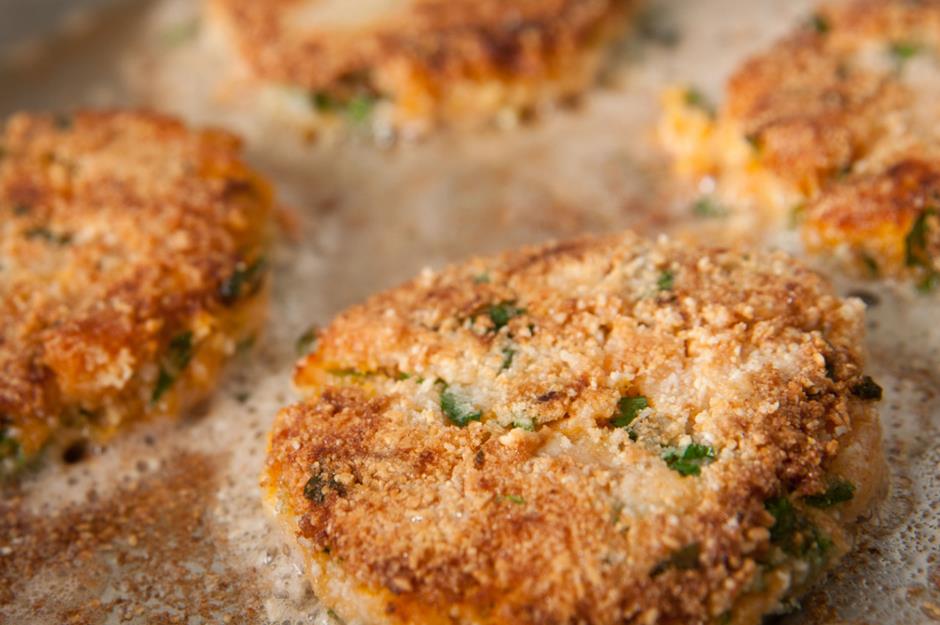
Anna Hoychuck/Shutterstock
Whilst fish and seafood patties are centuries-old, American versions started to appear in 19th century, while the term ‘crab cake’ is a 20th century tag. They’re traditionally attributed to America’s East Coast, as well as the Pacific Northwest where there is a sizable crabbing industry.
Cupcakes

Elena Veselova/Shutterstock
Though small cakes are European, cupcakes are an American invention, featuring in Amelia Simmons’ book American Cookery as far back as 1796 as “a cake to be baked in small cups”. Quick and easy to bake, cupcakes are almost an art form these days. The red velvet variety, also thought to be an American creation, is particularly liked.
Doughnuts
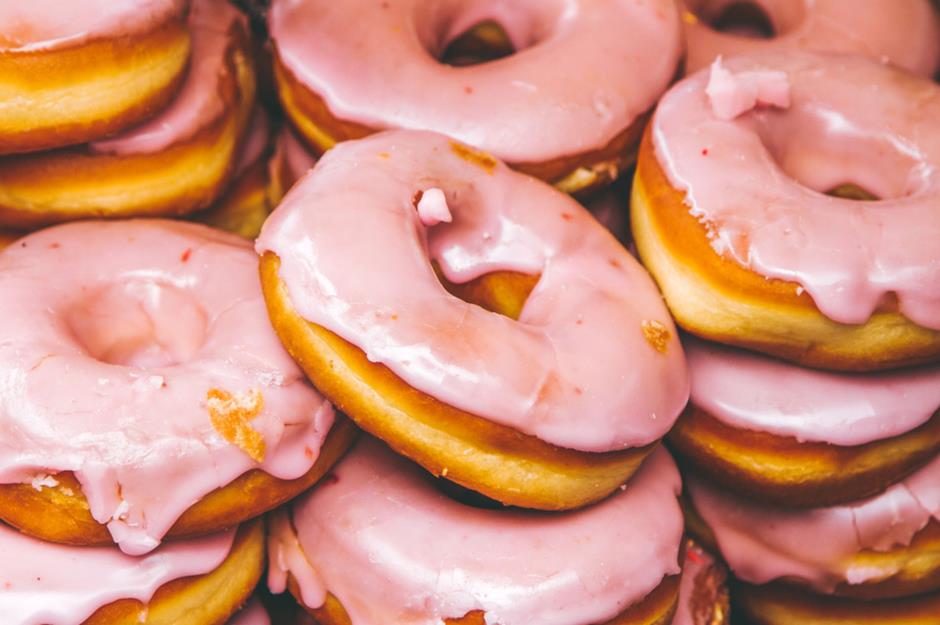
Nimai/Shutterstock
Many have laid claim to the doughnut: Dutch settlers brought with them the similar ‘oliekoek’; and in 1847 sailor Hanson Gregory took credit for the hole. But the recent unearthing of an English cookbook written in 1800 indicates that a ‘dow nuts’ recipe of deep-fried dough cut into ‘nuts’ is the earliest example. Whoever invented them, they’re now seen as resolutely American – and it’s estimated that 10 billion doughnuts are made in the US annually.
Eggs Benedict
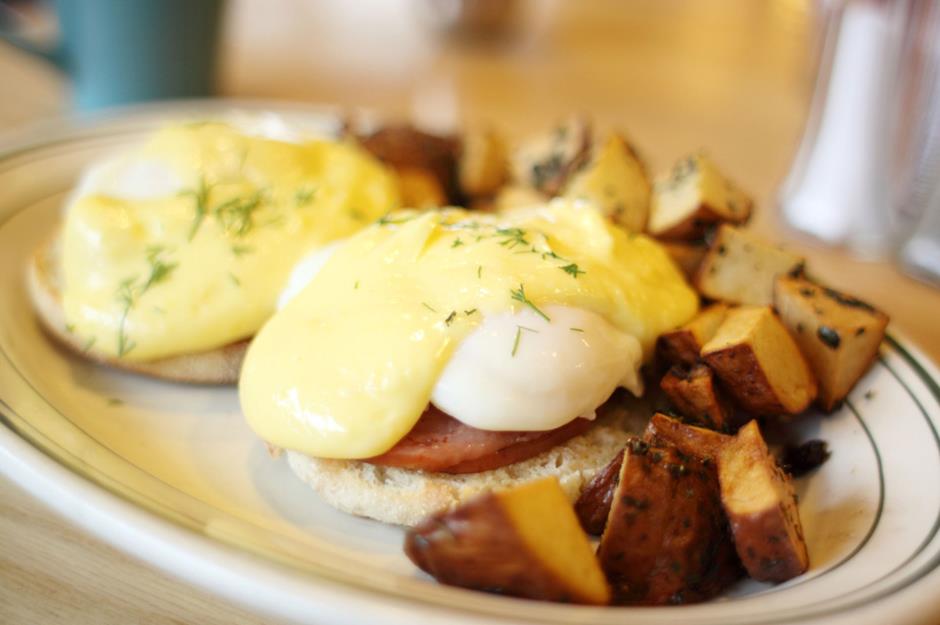
Peter Kim/Shutterstock
This delicious dish of poached eggs on muffins topped with hollandaise sauce can also be served with salmon and ham. The dish is probably an adaptation of a rustic French dish, though the version we know today is, in all likelihood, named after an American called Mr Benedict – which particular Mr Benedict is a moot point, however.
Hot dogs
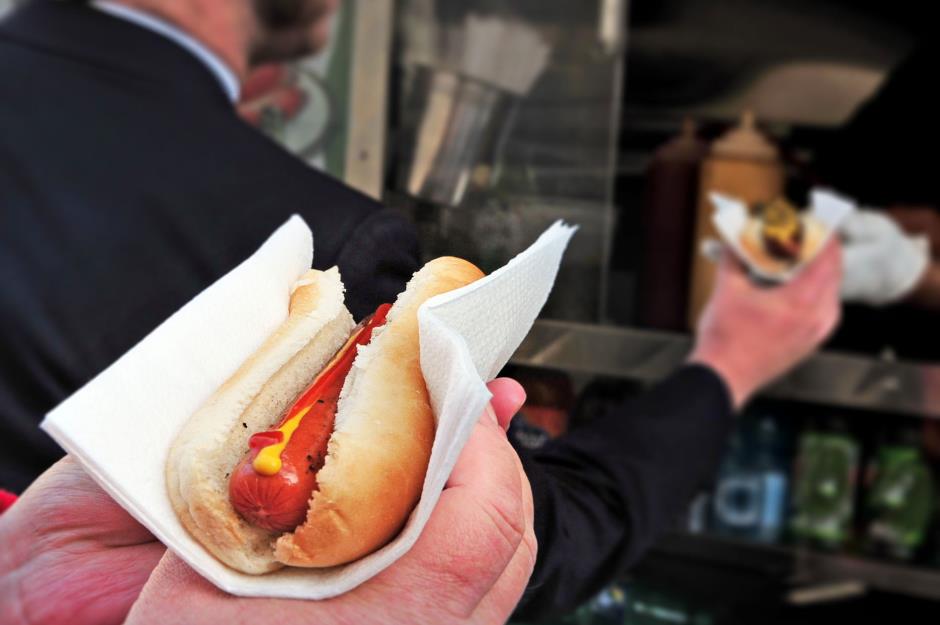
ChameleonsEye/Shutterstock
Hot dogs are probably America’s most famous street food export. German-style sausages, which are steamed or grilled and placed in buns to eat as finger food, started appearing in the 1870 and 80s. There are now myriad versions including chilli dogs and corn dogs (sausages fried in batter and served on a stick).
Ice cream soda

kungverylucky/Shutterstock
Think of American diners and ice cream sodas (also known as coke floats or root beer floats) come to mind. The man we have to thank is (probably) Robert McCay Green, a vendor at an exhibition in Philadelphia in 1874 who combined carbonated drinks with ice cream to give his wares an edge over his competitors.
Ice cream sundaes
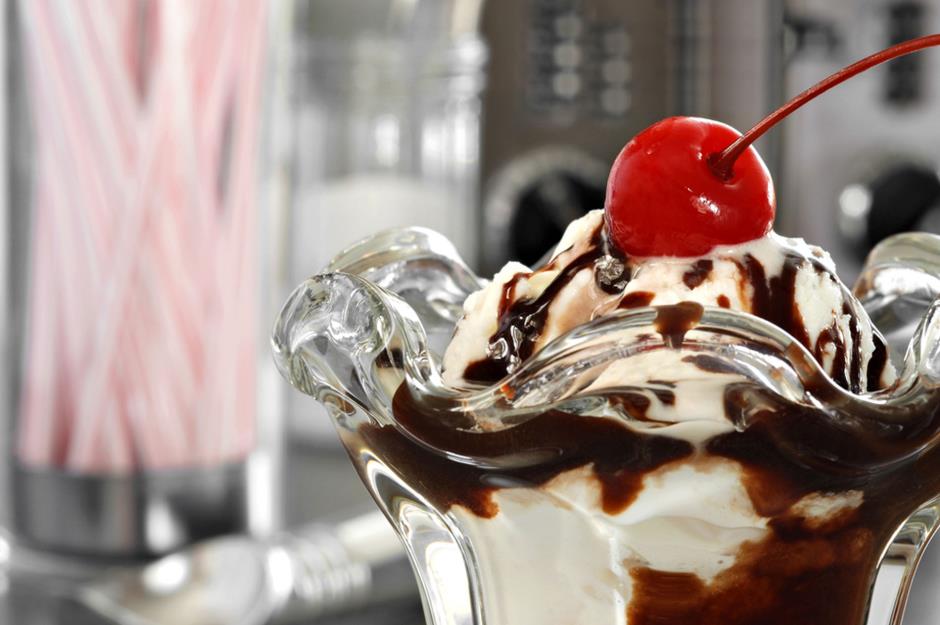
Marie C Fields/Shutterstock
The classic sundae is a heady combination of ice cream, sweet sauce, whipped cream and a maraschino cherry. No less than four cities – Ithaca, New York; Two Rivers, Wisconsin; Evanston, Illinois; and Plainfield, Illinois – have vied to be crowned the dessert’s birthplace since the 1880s.
Jambalaya
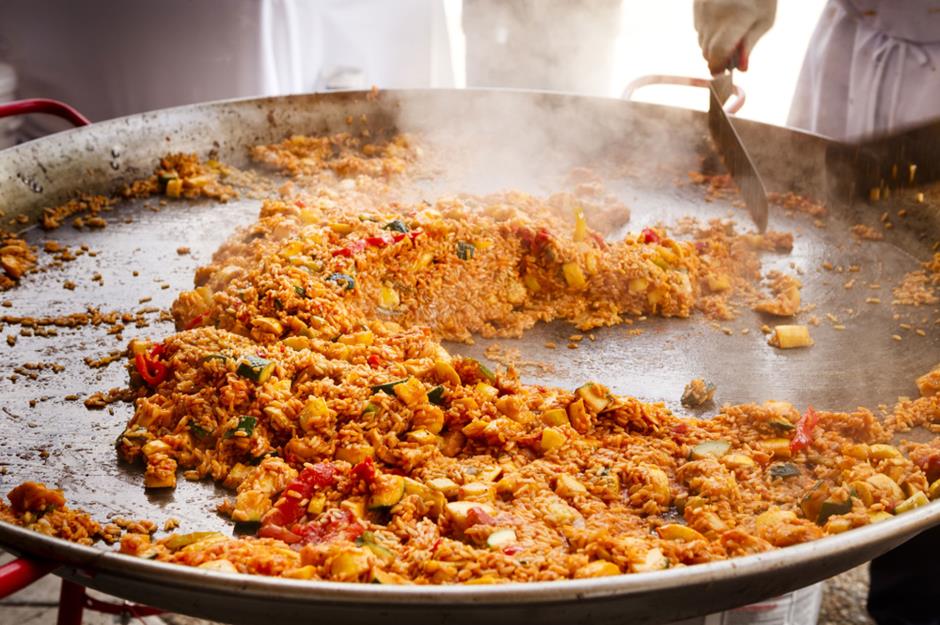
Linda Hughes/Shutterstock
A Creole dish of mixed rice with meat (usually sausage), vegetables and sometimes tomatoes, it’s thought to be a take on paella – it certainly has French and Spanish influences, though the dish itself is wholly Louisianan now.
Key lime pie
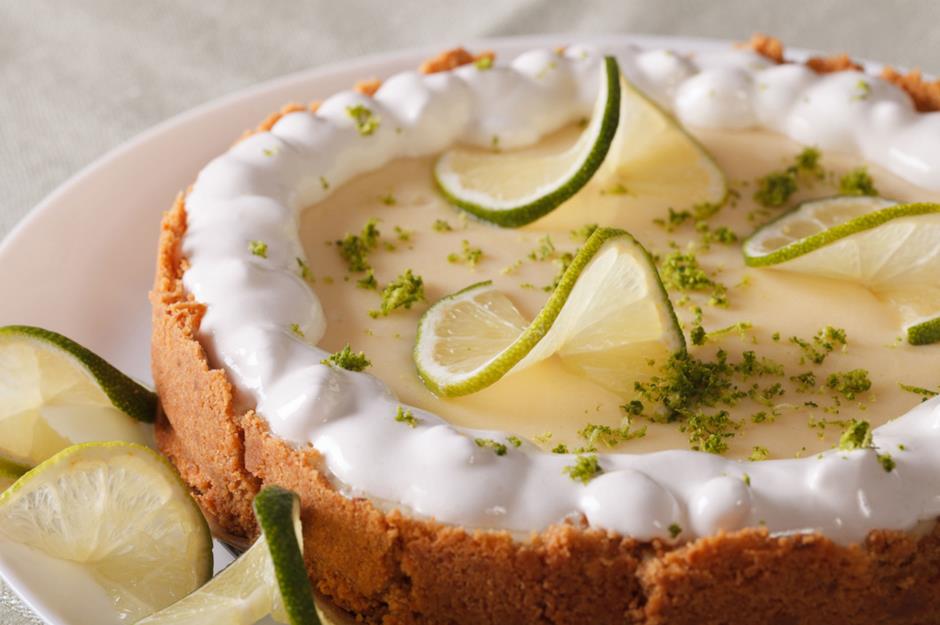
AS Food Studio/Shutterstock
No prizes for guessing where this delightful dessert comes from. Made from key limes (from the Florida Keys), sweet condensed milk and a biscuit base, the original recipe doesn’t require any cooking though updated versions include baked meringue on top.
Mac ‘n’ cheese
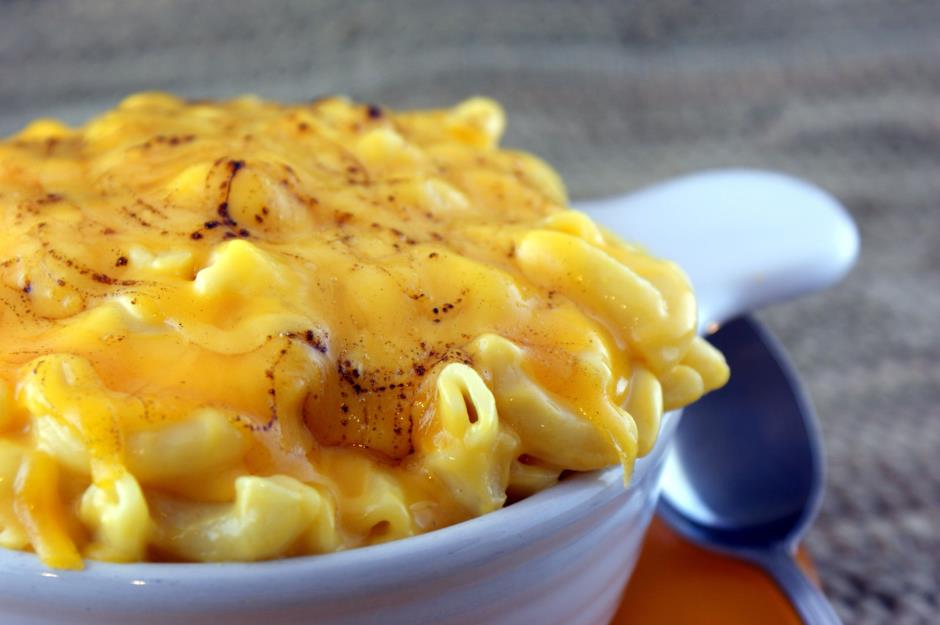
mjsomerville/Shutterstock
Macaroni cheese is Italian, there's no doubting that. But no other country ran with this cheesy pasta dish as much as the US. One of America’s most lusted-after comfort foods is now a gobal phenomenon.
Meatball sub
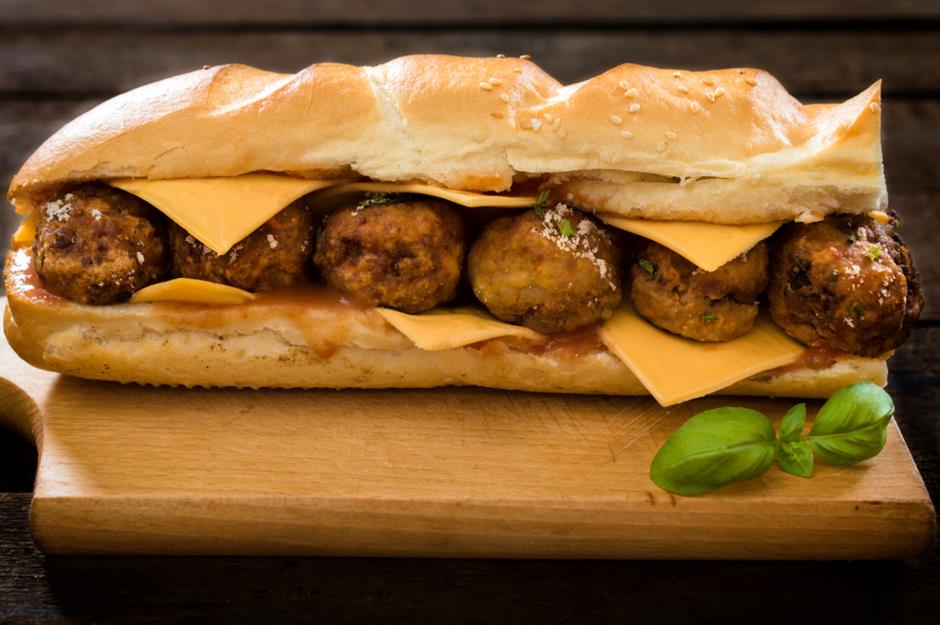
Family Business/Shutterstock
Fans of the sitcom Friends will know that the meatball sub was the preferred food of the character Joey. The sub (so named because the bread roll resembles a submarine) is a sandwich made popular around the turn of the 19th century by Italian Americans. A good sub is filled with meatballs, marinara sauce and melted cheese.
Onion rings
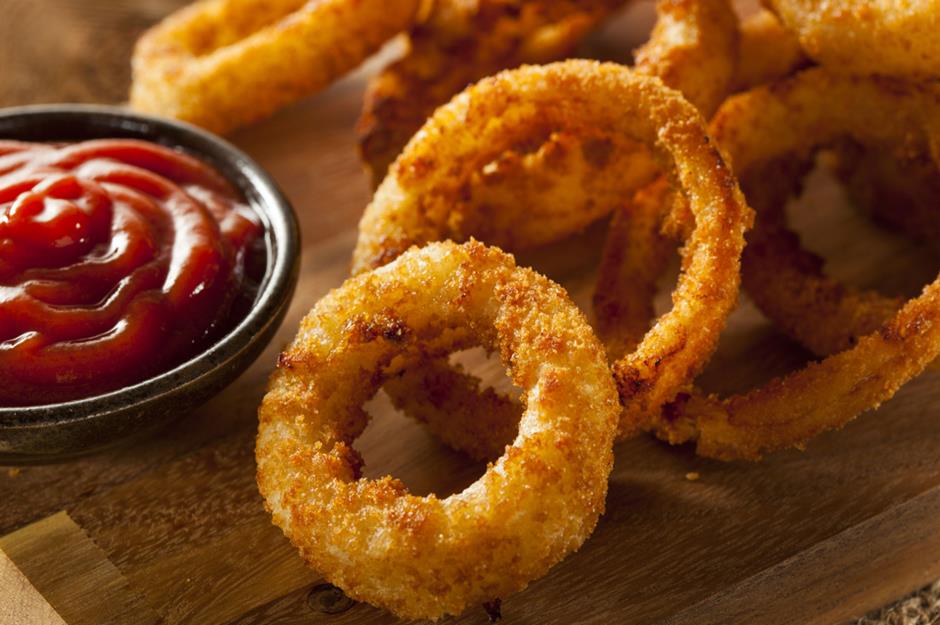
Brent Hofacker/Shutterstock
Another dish with an uncertain history, the general consensus is that it was the US who made battered or breaded deep-fried onion rings famous; recipes featured in the American press from the early 20th century.
Pastrami on rye
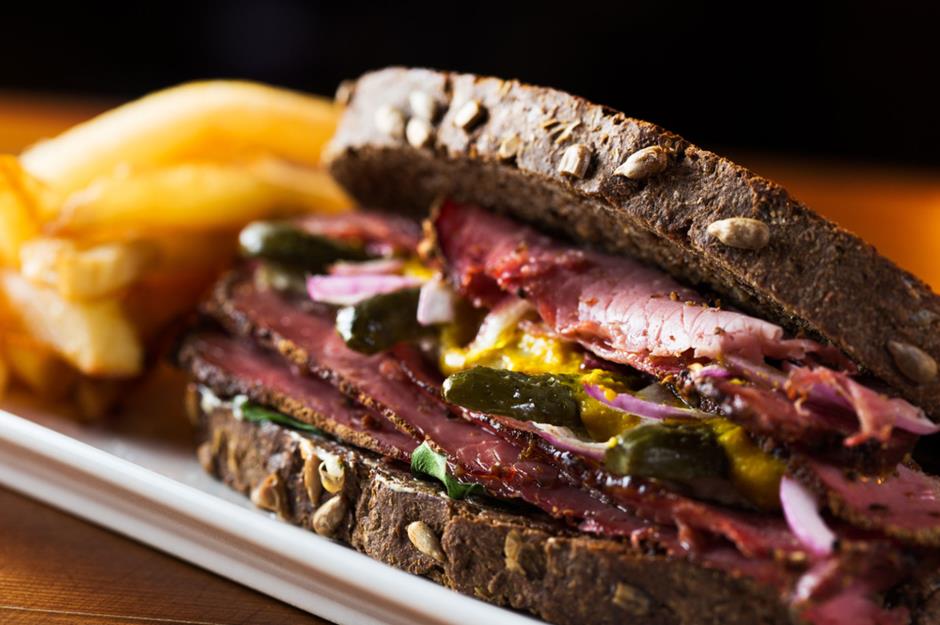
funkyfrogstock/Shutterstock
A sandwich as synonymous with NYC as the Statue of Liberty, pastrami sandwiches became a hit in the late 1880s when a kosher butcher was given the recipe by a Romanian friend. Another great American sandwich is the Reuben, which consists of corned beef, Swiss cheese, sauerkraut and dressing on rye.
Peanut butter
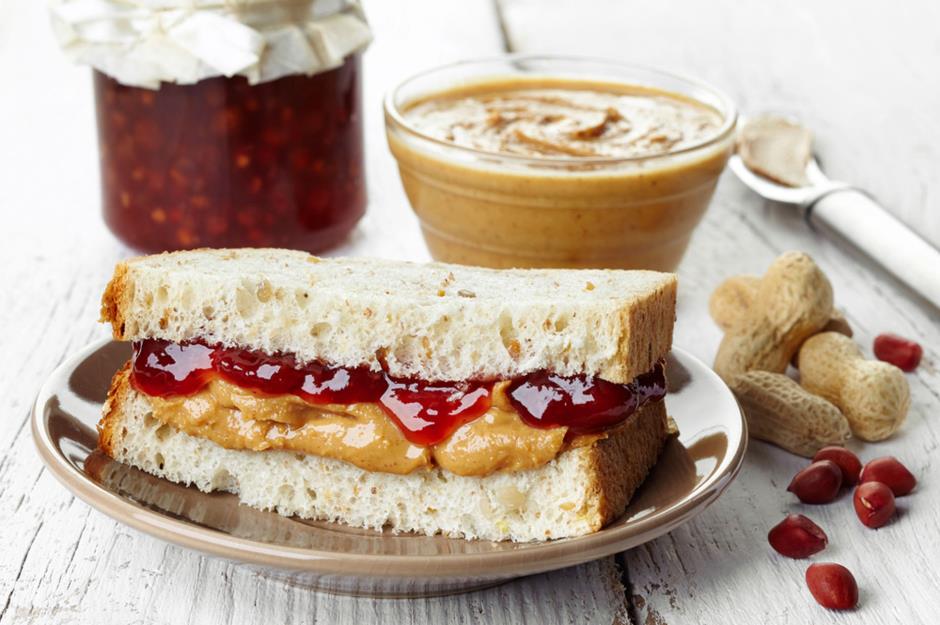
baibaz/Shutterstock
Peanut butter of sorts was first eaten by the Aztecs but it was the US that put it on the culinary map, and is now one of the leading exporters of the product. It’s so revered it’s used in sweet and savory dishes (often at the same time if you're partial to PB and jelly sandwiches) and there’s even a day dedicated to it – January 24.
Pecan pie
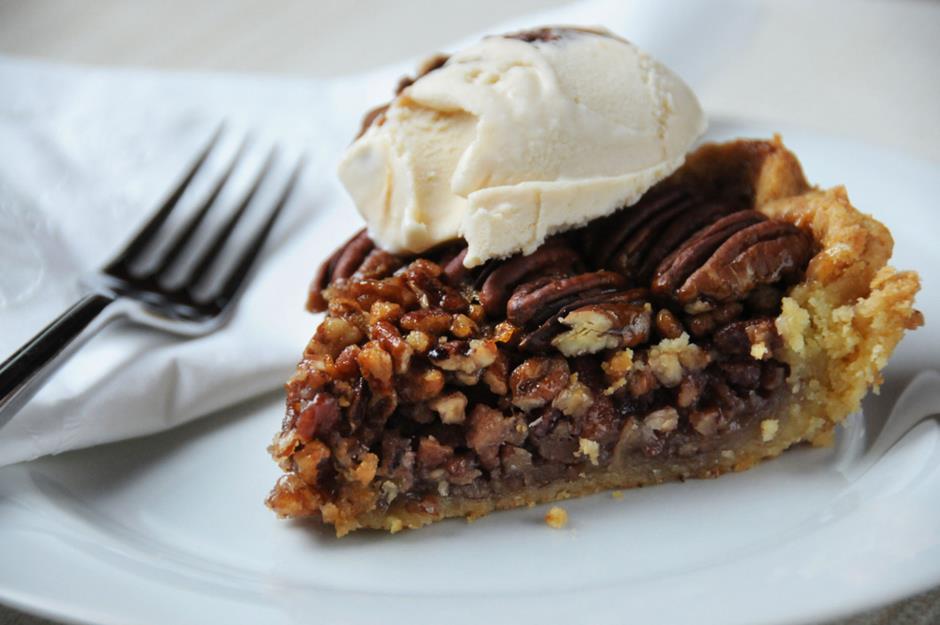
L Jones/Shutterstock
Who created pecan pie, and when, is uncertain but it seems likely to have been developed in the South – it remains particularly popular there – where pecans grow (Native Americans had long since discovered them). Immigrants adapted recipes to fit.
Popcorn

baibaz/Shutterstock
Popcorn appears to have first been sold in the US from the 1820s, gaining popularity by the middle of the century. By the time of the Great Depression its affordability made it one of the few ‘luxury’ foods that increased in sales, and it remains one of the most popular treats in movie theaters, fairs and at home.
Pumpkin pie
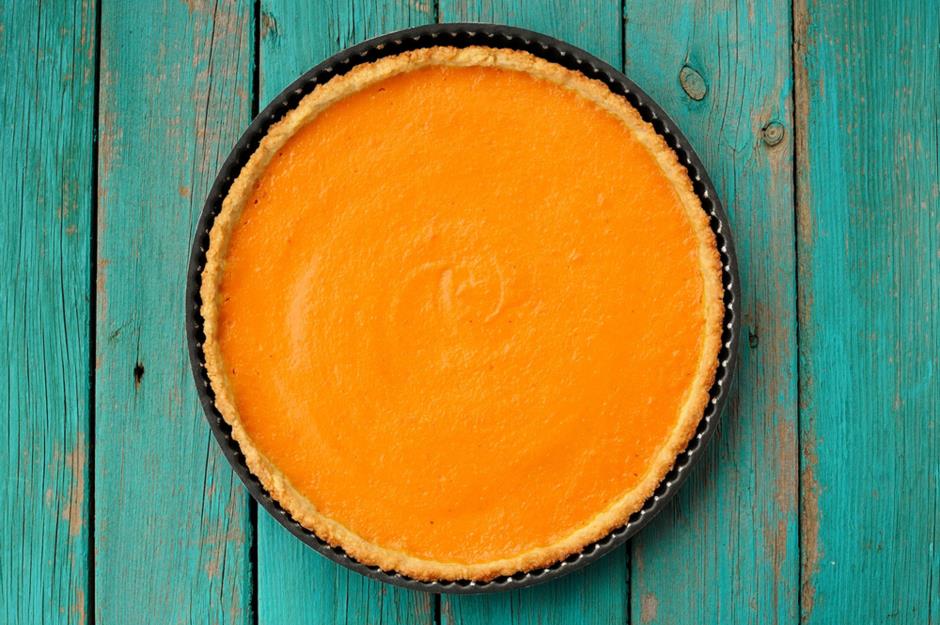
Alexey Borodin/Shutterstock
Think Thanksgiving dessert and most Americans will think of pumpkin pie. Though the vegetable is native to North America, the first recipes are European and it didn’t feature in Thanksgiving feasts until the early 19th century. Sweet potato pie is similar and is more likely to have originated from African-American slaves in the South.
Ranch dressing
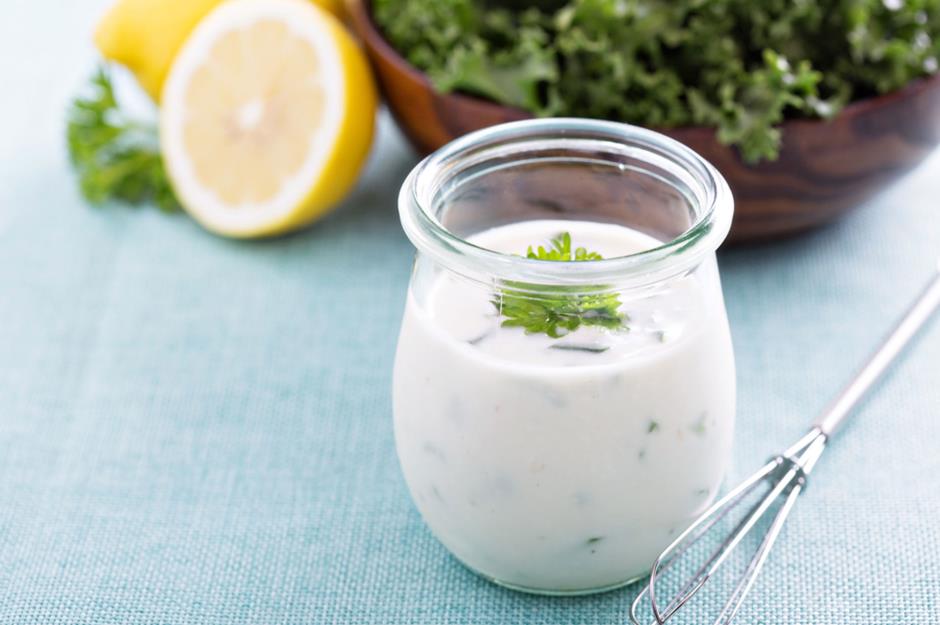
Elena Veselova/Shutterstock
American through and through, this wildly-popular dressing was indeed created on a ranch in Alaska in the 1950s by husband and wife team the Hensons, who manufactured the buttermilk, herbs, spices and mayo mix after it was a hit with their guests.
Smoked brisket
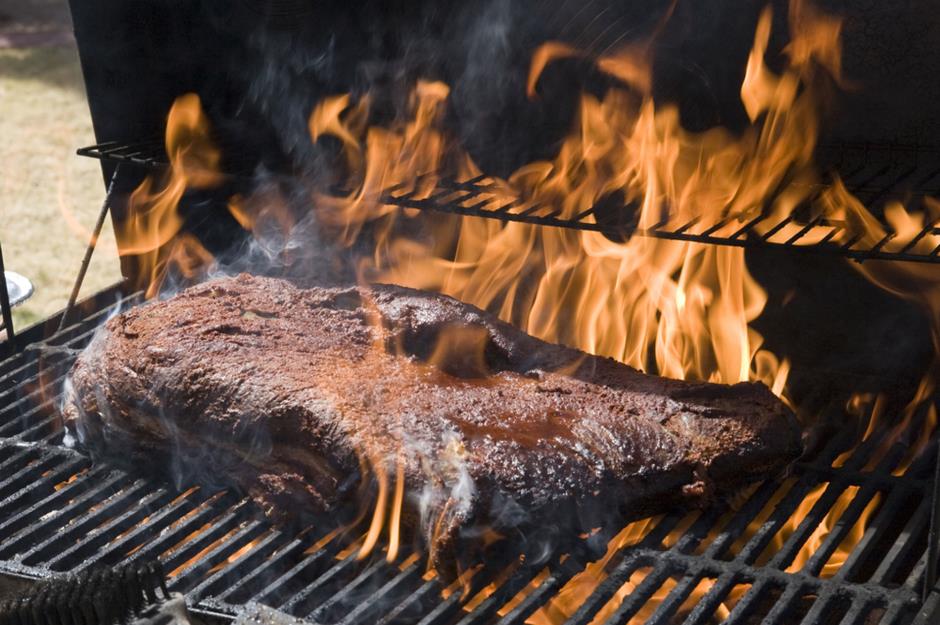
Gabriel Sanchez/Shutterstock
Smoked meat is as old as the hills, but smoked brisket the way it’s cooked in the US has legions of faithful followers. Why? It’s all about the wood (usually hickory) the meat is smoked with, and about the rub (usually a closely-guarded secret) that’s applied before cooking. Texans will argue they do it best.
S’mores
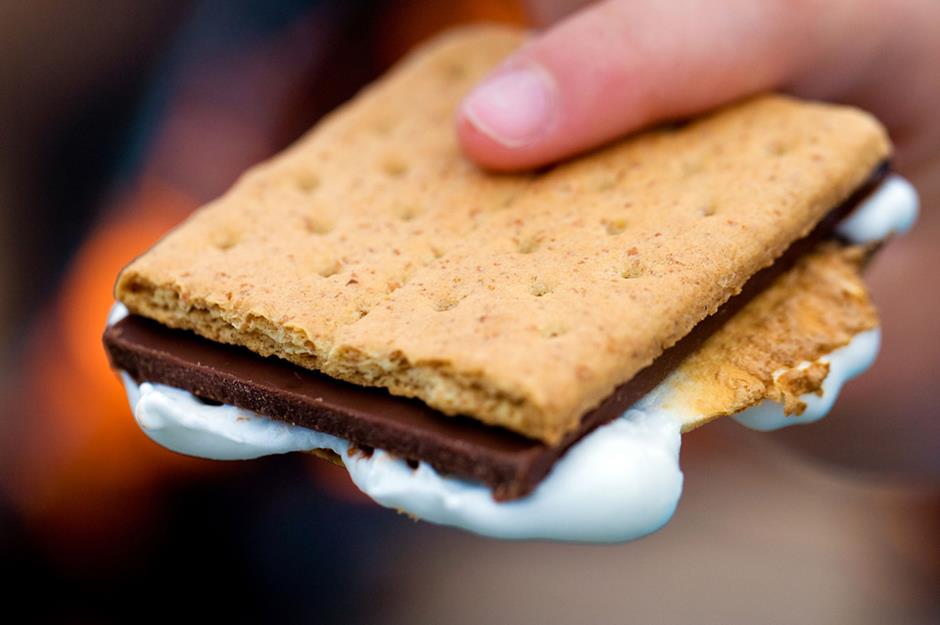
Mat Hayward/Shutterstock
Roasting marshmallows on a campfire is nothing new. However, in the 1920s, some Girl and Boy Scouts had the clever idea of putting the mallow between two graham crackers, added a layer of chocolate, and the rest, as they say, is history.
Southern fried chicken
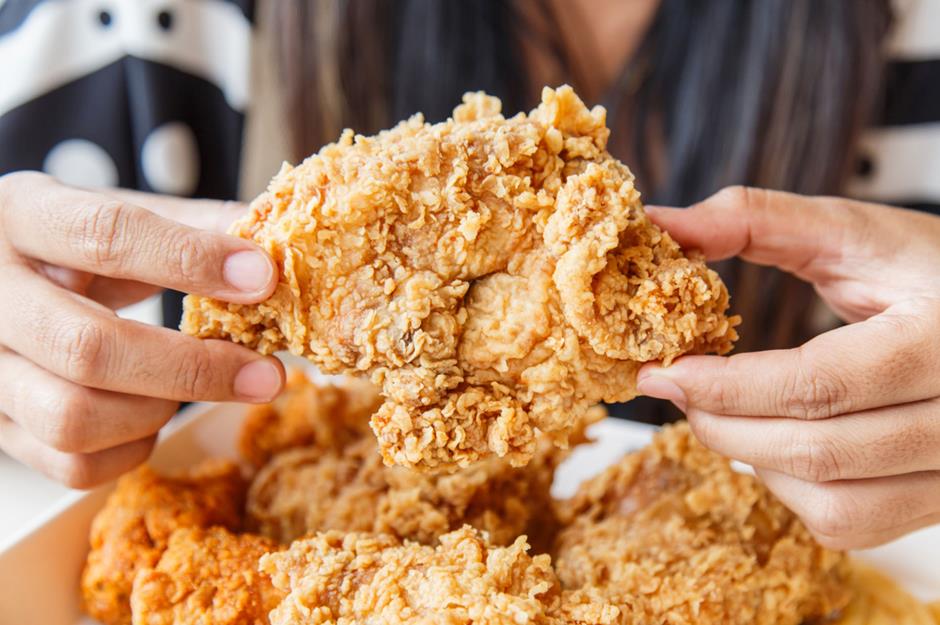
anD PhanuwatTH/Shutterstock
Fried chicken has been feeding people around the world for centuries but the soul food variety of highly seasoned breaded chicken that’s universally adored today was most likely an amalgamation of Scottish recipes and African-American spices – for which we are all very grateful.
Waldorf salad
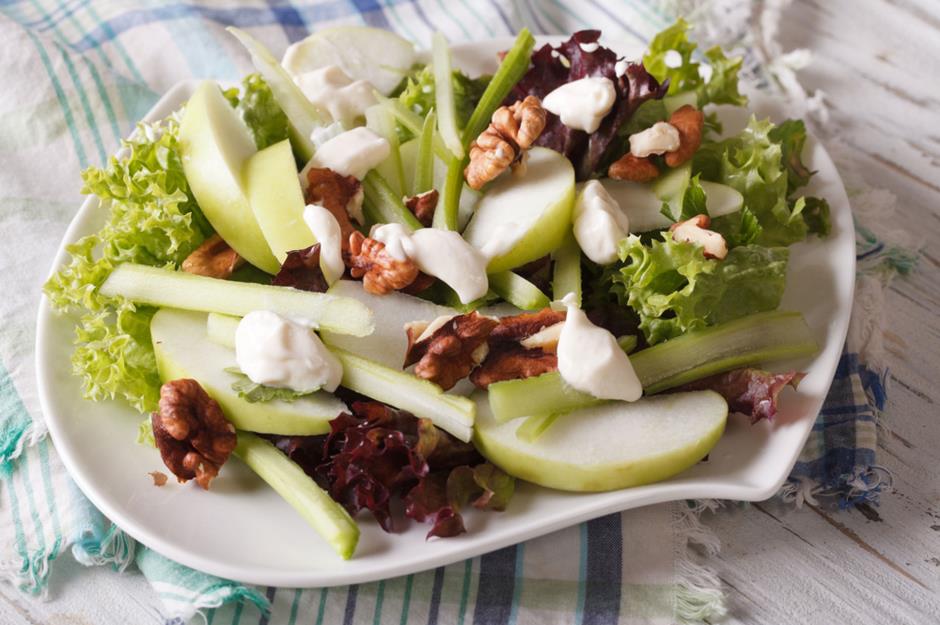
AS Food Studio/Shutterstock
It’s not an urban myth; the Waldorf salad of apples, celery and walnuts and mayo on a bed of lettuce really is named after the famous hotel in New York, where it was first served in the 1890s (minus the nuts; those were added later).
Whoopie pies

Stephanie Frey/Shutterstock
Its birthplace may be Maine, Massachusetts, New Hampshire or Pennsylvania, and it’s regarded as a cake, cookie or a pie. There is some confusion surrounding this generous sweet treat but whatever you believe it’s hard not to love a dessert called a whoopie.
If you liked this, follow us on Facebook, Twitter and Instagram for more great food stories.
Comments
Do you want to comment on this article? You need to be signed in for this feature